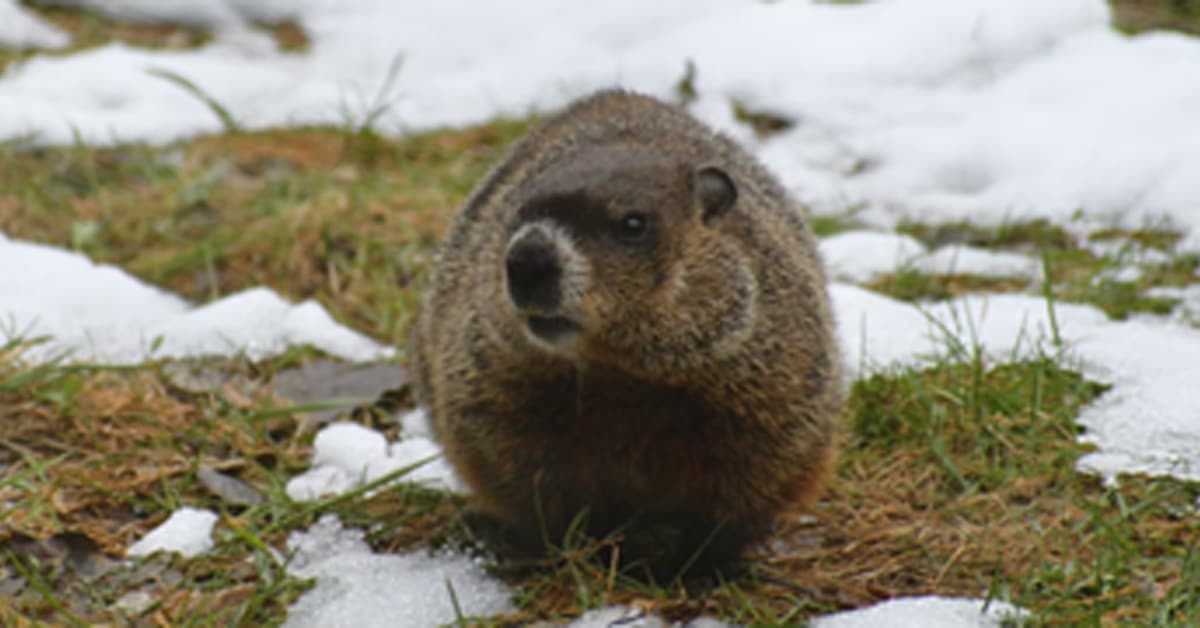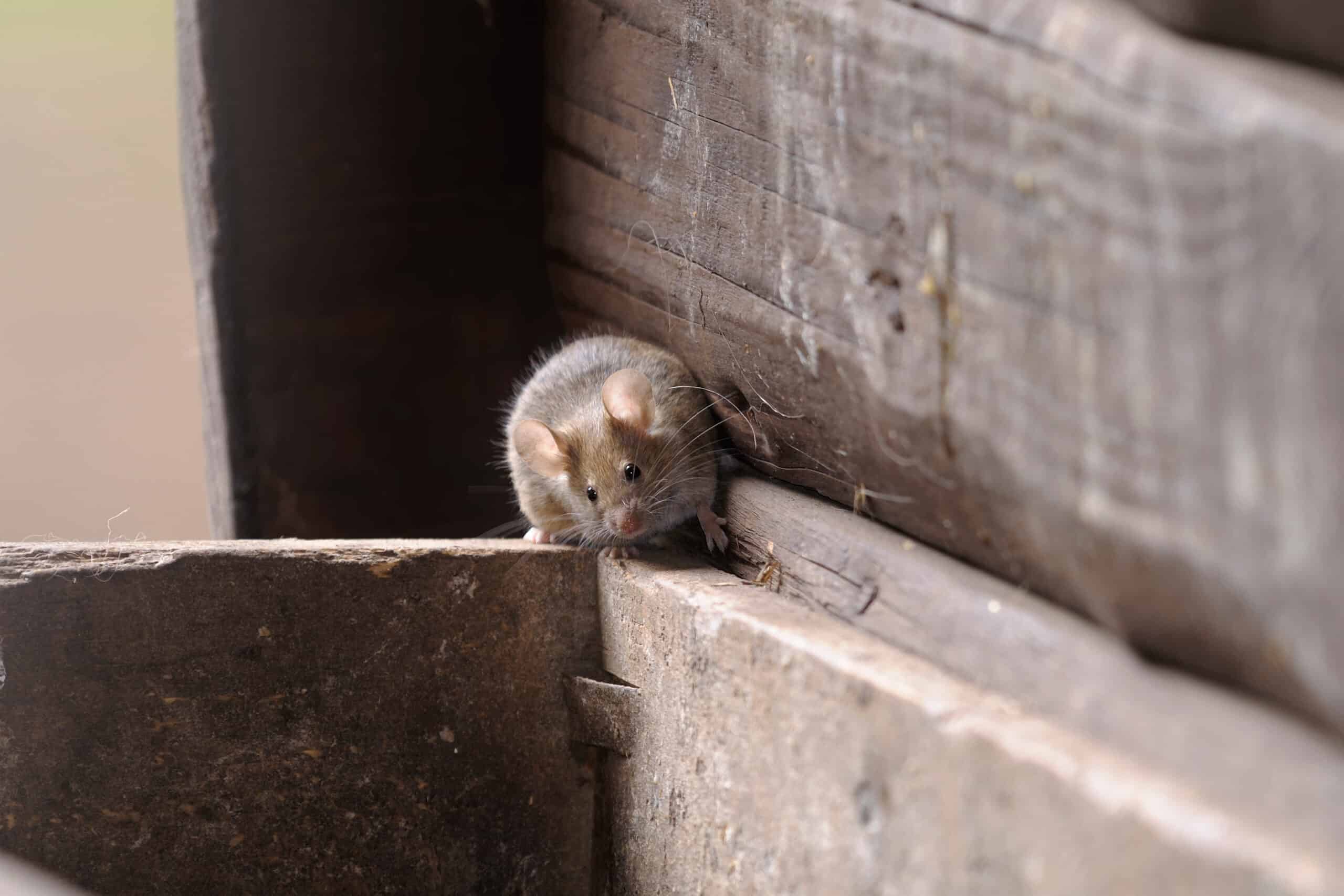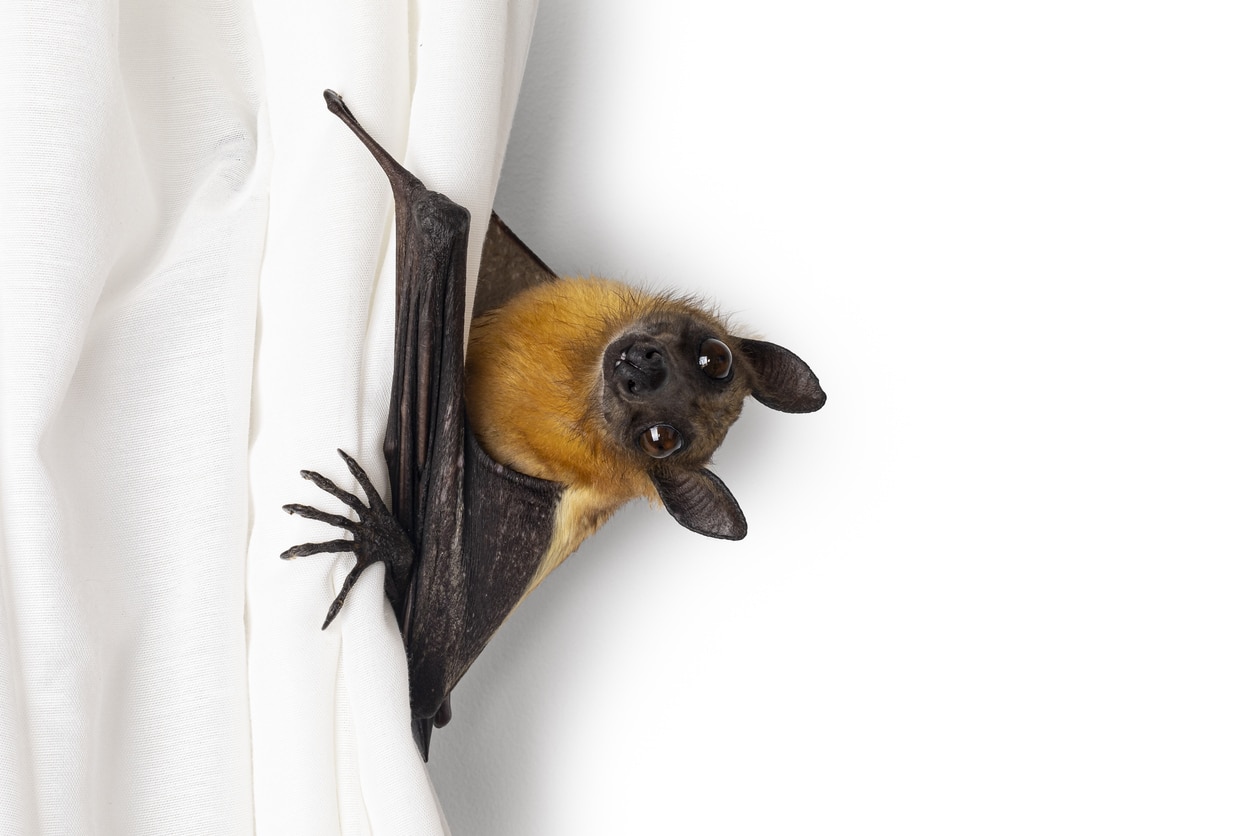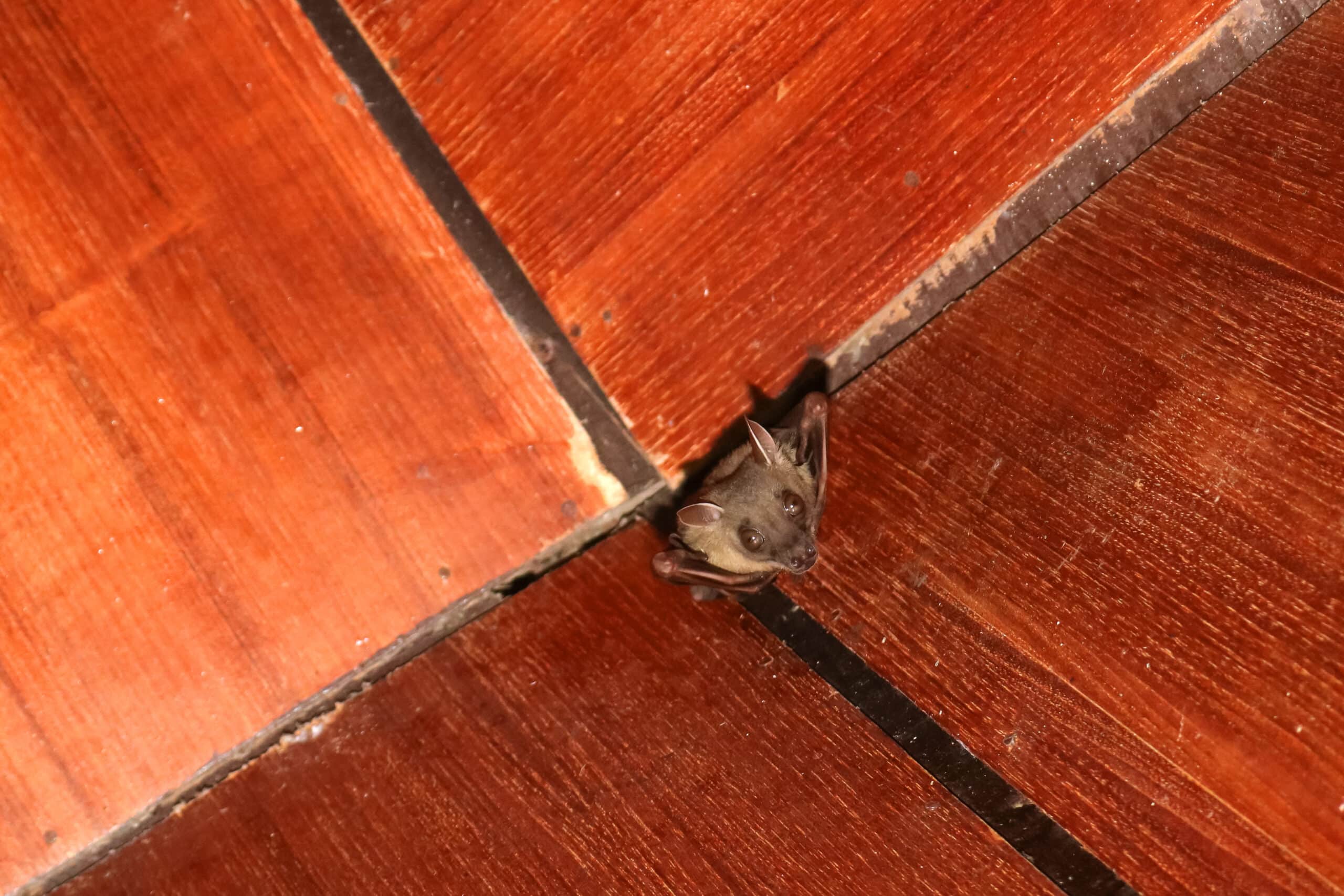You thought you got rid of them. The traps were set, the last one was…

Understanding Ground Trapping
It’s now March, which means that the sap has begun to run in the maples, the squirrels can be heard chattering in the trees, and the intermittent snow of a Michigan winter is replaced with showers of rain. The smell of spring in the air may be something else, perhaps the musky scent of a skunk family as they wander your yard throughout the night. They’re not the only mammals to become active this time of year. From now until fall, you can have visitors from groundhogs, raccoons, opossums, rabbits, and sometimes even foxes, depending on where you live. While none of these animals are really all that dangerous to humans, it can be disconcerting to see them roaming in “your” yard, especially if you have domesticated animals.
Ground trapping, the entrapment and removal of wildlife pests at ground level (opposed to those in an attic or other elevated space,) doesn’t generally seem like a complicated process. Therefore, DIY ground trapping appears to be the go-to, attractive option. It does, however, present some unique challenges that no other area of wildlife control has, thus, requiring a call for professional help.
In the first place, the targeted animal may not be localized to a specific area. Squirrels and raccoons that break into your attic are more easily trapped through a process called exclusion because we know exactly where they are going to be. Ground trapping, not so much. The groundhog you see every morning might be living on your property, or he might have a den several yards over. Skunks are even worse; they can range for miles in a single night, which means that locating the shelter and setting a trap could be impossible.
The second challenge can be even more annoying than the first, off-target captures. Even if the den of whatever animal you’re trying to trap is physically on your property, unless there’s an option for placing a trap right over the entrance (and sometimes there isn’t), we’d be setting a free-standing ground trap of some kind. This means that we can try as hard as we want as far as location and bait used, but there’s always a risk that we’ll trap something other than what we’re aiming for. Not only can this be dangerous, but it’s exasperating as well! If you’re looking to trap an opossum and you get a skunk instead (as often happens, based on the number of calls we get,) you’re looking at a high risk of getting sprayed. Or an unexpected raccoon can also be an issue if you don’t know how to release the trapped animal safely.
Of all the wildlife problems to have, a large rodent running around your yard is probably the best one. You likely can take care of the pest yourself; however, if you run into either of the above problems, or perhaps one that we don’t foresee, give our office a call at 800-441-1519, and we’ll see what we can do!


